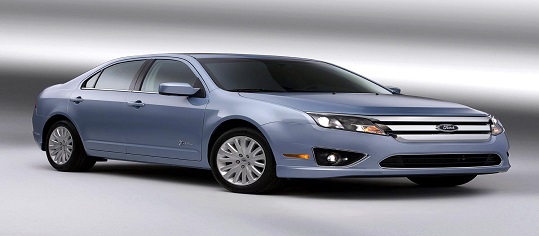Automobile Insurance
|
Automobile insurance provides financial protection for the vehicle owner, its driver and passengers if they are in an accident. It covers potential lawsuits and medical costs. It is mandatory in most states. Many of the benefits are listed below. As with most insurance, the greater the risk, the higher the premium. Drivers under age twenty five, drivers licensed under three years, drivers with many moving violations and or accidents will pay a higher premium. Drivers who drive long distances to commute to work and drivers with poor credit also pay higher rates. Rates will also vary according to the type, garaging location and safety features of the car. For additional information contact us.
|
Coverage
|
Liability
Liability coverage provides financial protection for the vehicle owner or driver of the vehicle should he or she cause an accident. It provides the funds for a lawyer in a lawsuit, medical costs and car repairs of the injured person, caused by the negligence of the vehicle owner or the driver of the insured vehicle. |
Medical Expense
These are the funds paid by the insurance company to cover the medical costs of the vehicle owner or it's driver in an auto accident. It is the primary medical coverage and must be used up before the driver's regular health insurance is used. It is also the primary medical coverage if the vehicle owner is in an auto accident in a different vehicle. |
Property Damage
These are funds paid by the insurance company for property damage caused in an accident by the insured vehicle. Examples would be a fence, utility pole, or a house. |
Comprehensive Coverage
The insurance company will pay for damages to an insured car that are not caused by a collision. Some examples are vandalism, theft,or a broken window. The insured usually has to pay a deductible and the insurance company pays for damages that exceed the deductible. This is an optional coverage but is usually required by companies that finance vehicles. |
|
Collision Coverage
This coverage pays for damages to the insured car caused by a collision. The insurance company will pay for damages that exceed the deductible. This is also an optional coverage but is usually required by companies that finance vehicles. |
Loss of Use
This benefit pays for a rental car when the insured vehicle is being repaired after an accident. It usually pays a set amount for up to thirty days. |
Uninsured Motorist
This benefit is paid when the driver of the insured vehicle is in an accident that was not his or her fault and wants to sue the at fault driver who has no insurance or assets. This coverage allows the driver of the insured vehicle to sue his own insurance company for damages. uninsured motorist coverage is optional coverage. |
Under insured Motorist
This benefit pays the driver of the insured vehicle when his damages exceed the amount of insurance that the at fault driver has. It will pay up to the amount of coverage purchased by the car owner. It is also an optional coverage. |
Car Tips and Tricks
1. Make sure child safety seats and boasters are properly
installed. 2. Under-inflated tires, dirty filters and cracked hoses can lower your fuel efficiency. 3. Five household items you can use for battery maintenance and repair are: aspirin, baking soda, Epsom salt, petroleum jelly and soda. 4. If you have to run over a pot hole, slow down and do not brake as you go over it, to minimize damage. 5. Make sure you include the following items in your emergency roadside kit: your auto manual, blanket, candy bars, flashlight, LED Flameless Flare, spiral notebook and mechanical pencil, bottled water, inexpensive prepaid cell phone and cell phone charger. |
|
(We do not offer every plan available in your area. Any information we provide is limited to those plans we do offer in your area. Please contact Medicare.gov or 1-800-MEDICARE to get information on all of your options regarding Medicare, Medicare Advantage, Medicare Supplement plans and Prescription Drug plans.)

